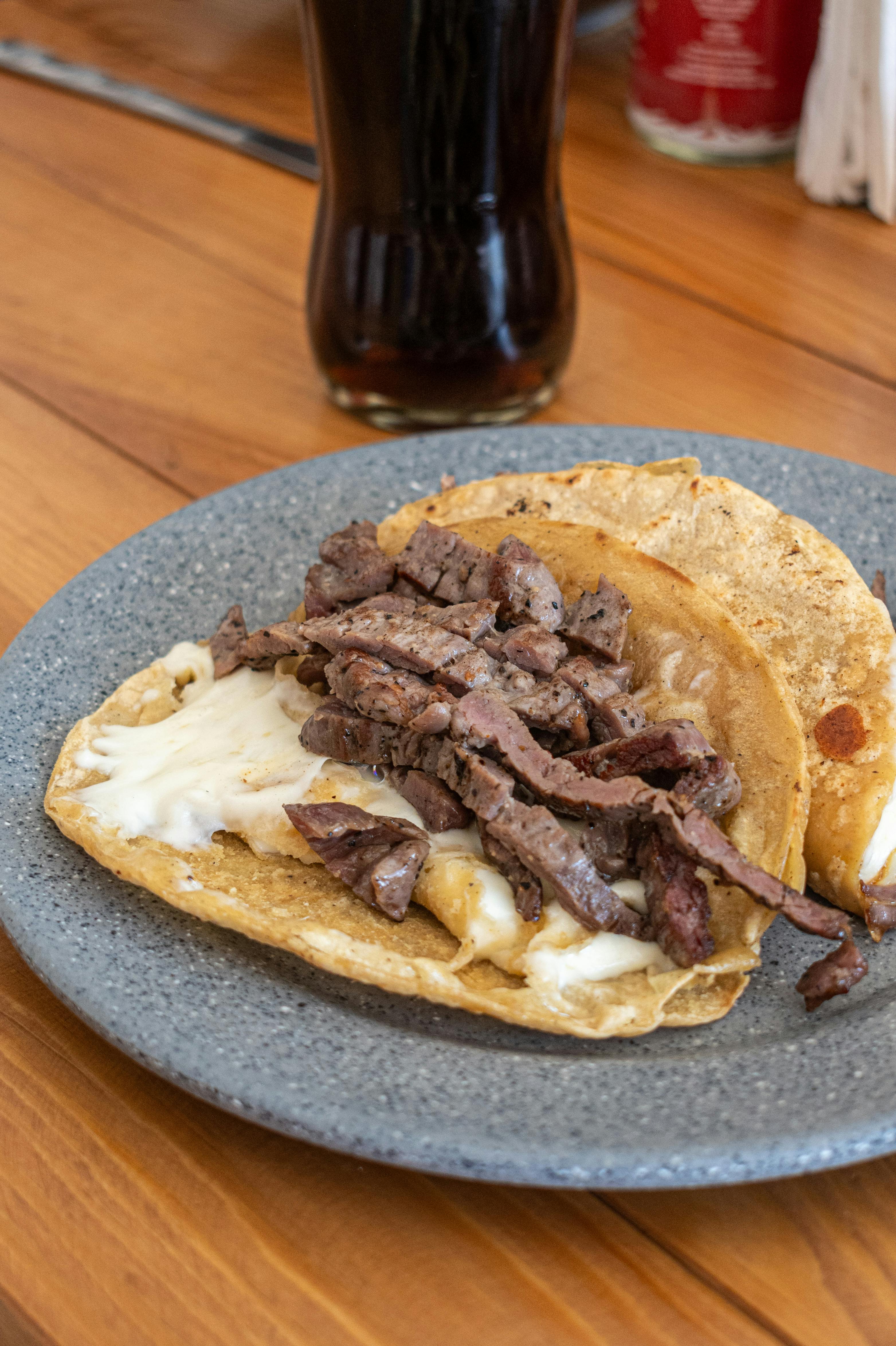
Smart Ways to Optimize Muscle Growth in 2025
As we advance into 2025, optimizing muscle growth remains a crucial aspect of fitness for enthusiasts and athletes alike. Muscle growth, also known as hypertrophy, is a multifaceted process involving various factors, including nutrition, exercise, and recovery. Understanding these elements not only aids in effective training but also fosters long-term success in achieving fitness goals.
This article will explore smart strategies to enhance muscle growth, touching on essential topics such as workout frequency, nutrition, resistance training techniques, and recovery protocols. We'll provide insights into training intensity, compound and isolation exercises, and the significance of maintaining a balanced approach to your regimen, ensuring you maximize your efforts both in and out of the gym. Let’s dive into our first section on resistance training.
Understanding Resistance Training for Maximum Hypertrophy
With an emphasis on hypertrophy, resistance training forms the cornerstone of any effective muscle-building program. This type of training focuses on exercises that require your muscles to exert force against external resistance, leading to adaptations in muscle size and strength.
Types of Resistance Training
Two primary forms of resistance training are compound and isolation exercises. Compound exercises, such as squats and deadlifts, engage multiple muscle groups, promoting greater overall strength and efficiency in workouts. Isolation exercises, like bicep curls or tricep extensions, target specific muscles, allowing for focused development crucial for balanced muscle definition.
Progressive Overload: The Key to Growth
Progressive overload is pivotal for continuous muscle growth. By gradually increasing the weight or resistance during workouts, you force your muscles to adapt and grow stronger. This principle prevents plateaus and ensures that your muscles are consistently challenged, driving further development over time.
Training Intensity and Workout Frequency
Training intensity can significantly affect muscle gain timelines. Incorporating high-intensity workouts not only stimulates muscle fibers but also boosts protein synthesis, leading to effective muscle repair and growth. Additionally, finding the right balance in workout frequency—typically 3 to 5 times per week—ensures optimal recovery and muscle development without overtraining.
Integrating Advanced Techniques
Advanced training techniques, like drop sets or supersets, can elevate your routine by increasing time under tension and overall training volume. These methods enhance metabolic stress on the muscle fibers, further encouraging hypertrophic adaptations. Always consider personal fitness levels and objectives when introducing advanced techniques to your regimen.
Tracking Progress and Adjusting Plans
Effective progress monitoring involves tracking metrics like workout volume, weight lifted, and body composition changes. Regular assessments help evaluate the effectiveness of training programs, enabling necessary adjustments to maintain a trajectory toward muscle gain. Utilizing workout apps can simplify this tracking process, keeping you motivated and accountable.
Building on the fundamentals of resistance training, it’s essential to focus on nutritional requirements for muscle growth, ensuring that your body has the necessary fuel to support your training efforts.
Nutritional Requirements for Muscle Growth
Nutrition plays a pivotal role in muscle development. A muscle-building diet must be balanced, including adequate protein intake, essential nutrients, and sufficient caloric surplus to foster muscle gain. Understanding the complexities of nutritional needs is vital in keeping your body primed for hypertrophy.
Protein: The Building Block of Muscles
Protein synthesis is fundamental to muscle repair and growth. Incorporating high-quality protein sources, such as lean meats, dairy, and plant-based proteins, can significantly affect muscle recovery and development. Aim for these proteins post-workout, during the anabolic window, to maximize growth potential.
Carbohydrates and Fats for Energy
In addition to protein, carbohydrates provide the energy necessary for intense workouts. Whole grains, fruits, and vegetables should form the backbone of your carbohydrate sources. Healthy fats, found in avocados and nuts, are also crucial for hormone production, which affects muscle growth.
Hydration and Recovery Nutrition
Proper hydration is often overlooked but is essential for muscle performance and recovery. Staying hydrated helps ease muscle repair processes and aids in nutrient transport throughout the body. Additionally, post-workout nutrition, including protein and carbohydrate intake, is vital for recovery and replenishing glycogen stores.
Avoiding Common Dietary Mistakes
Many individuals fall into common dietary pitfalls, such as excessive calorie restriction or neglecting protein intake. These mistakes can hinder muscle growth and delay desired results. Focus on a balanced approach that aligns with workout efforts and ensures adequate nutrient intake.
Supplementation and Nutrient Timing
Supplements for muscle growth, such as creatine and branched-chain amino acids (BCAAs), can provide additional support for training and recovery. Timing these supplements to coincide with workouts can enhance their effectiveness and foster better muscle adaptations. Always consult with a healthcare provider or nutritionist before beginning any new supplementation routine.
With a strong understanding of nutrition, let’s explore the significance of rest and recovery in optimizing muscle growth.
The Role of Rest and Recovery in Muscle Growth
Rest and recovery are often underappreciated aspects of muscle development. Engaging in rigorous training without allowing sufficient recovery can lead to stagnation, injury, and burnout, ultimately affecting muscle growth.
Understanding Muscle Recovery Time
Muscle recovery time varies depending on factors such as workout intensity, individual fitness levels, and muscle fiber types being targeted. Generally, muscle groups require 48 to 72 hours of rest before being trained again. Listening to your body is key to adapting your training and recovery plan.
Active Recovery vs. Passive Recovery
Both active and passive recovery have their places in a workout regime. Active recovery, such as light activities or stretching, can improve circulation and reduce muscle soreness, aiding in overall recovery. Conversely, passive recovery focuses on complete rest, allowing muscles to repair without additional stress.
Importance of Sleep in Recovery
Adequate sleep is crucial for muscle growth. During sleep, the body goes into repair mode, promoting muscle recovery and hormone balance. Aim for 7-9 hours of quality sleep each night to optimize both recovery and performance.
Strategies to Enhance Recovery
Incorporating recovery strategies such as foam rolling, massage, and flexibility training can significantly alleviate muscle soreness and enhance recovery times. These practices can be integrated into your workout routine to maintain muscle health and effective training adaptation.
Monitoring Recovery Progress
Keeping an eye on recovery metrics, such as perceived exertion or soreness levels, can offer insights into how well your body is responding to training. This feedback is crucial for adjusting workout intensity and recovery periods in a way that promotes continuous muscle growth.
With a solid grasp on recovery, let’s move on to the vital aspect of training consistency and adaptation as it relates to muscle growth.
Consistency and Adaptation in Training
Long-term muscle growth hinges on consistency in training and an understanding of adaptation processes. Committing to a well-planned regimen allows for ongoing improvements, but periodic adaptations are necessary to avoid plateaus and sustain progress.
The Impact of Training Frequency
Finding the right training frequency is essential to muscle growth. Studies suggest that training each muscle group at least twice per week can optimize growth, balancing stimulus and recovery in an efficient manner. Adapting frequency based on personal progress helps ensure continuous gains.
Adapting to Training Progressions
As muscle fibers adapt to a training program, the stress placed upon them must also evolve. Incorporating variations of exercises, increasing weights, altering reps, or mixing up workout splits can stimulate continued growth. Consistently challenge your body with new techniques to foster ongoing development.
Understanding Individual Genetics in Muscle Growth
Genetics play a significant role in muscle gain timelines and overall potential. Recognize that while genetic predispositions can set the stage for muscle development, dedication and strategy can dramatically influence outcomes. Tailoring workouts to align with individual strengths and weaknesses is crucial for maximizing growth.
Maintaining Motivation and Consistency
Workout motivation often fluctuates. To combat this, establish clear fitness goals and track progress to maintain accountability. Engaging with the fitness community or working with personal trainers can also provide support and motivation throughout your journey.
Embracing Long-term Fitness Commitments
A long-term commitment to fitness fosters an environment for substantial muscle growth. By utilizing a structured program that incorporates progressive overload and proper nutrition while allowing sufficient recovery, individuals can achieve remarkable transformations over time.
As we explore the final areas essential to muscle growth, let's discuss the best exercises and techniques to maximize results.
Essential Exercises for Effective Muscle Growth
Choosing the right exercises significantly impacts muscle development. Combining various types of training, including strength, conditioning, and flexibility exercises, creates a well-rounded approach to building muscle.
Compound Exercises for Overall Strength
Compound exercises, such as bench presses, squats, and deadlifts, engage multiple muscle groups simultaneously, leading to heightened strength development and calorie expenditure. These movements should be the cornerstone of any muscle growth program, providing significant benefits in both hypertrophy and strength.
Isolation Exercises for Targeted Development
In addition to compound exercises, isolation exercises enable specific muscle targeting, such as leg curls and lat pulldowns. These exercises can correct imbalances and refine muscle definition, ensuring that all muscle groups receive adequate attention.
Importance of Exercise Variation
Incorporating various exercise variations prevents training stagnation and promotes adaptive responses in muscles. Experiment with different angles, grips, and techniques to keep workouts engaging and effective. Engaging in high-intensity interval training (HIIT) can also offer robust benefits while enhancing cardiovascular health.
Home and Outdoor Workouts
For those lacking access to a gym, bodyweight exercises and home workouts are effective alternatives to traditional resistance training. Outdoor workouts, utilizing park equipment or resistance bands, provide exciting and effective ways to maintain training consistency.
Safety and Proper Technique
Maintaining proper form and technique is critical when performing exercises. Focus on quality over quantity to prevent injuries while maximizing muscle activation and efficiency. Educating oneself about correct movement patterns is vital to achieving long-term muscle growth without adverse effects.
As we conclude this overview of smart ways to optimize muscle growth, let’s address some common questions related to fitness and muscle building.
Q&A: Common Questions About Muscle Growth
How long does it take for muscles to grow?
The timeline for noticeable muscle growth varies based on genetics, training intensity, and nutrition. Typically, individuals may start seeing changes within 4 to 8 weeks of consistent training and proper diet.
What factors most influence muscle gain?
Several factors affect muscle growth, including training volume, nutrition, rest, and genetic predispositions. Progressive overload and individualized program design are critical components fostering growth.
What's the best diet for muscle building?
A balanced diet rich in proteins, healthy fats, and carbohydrates is essential. Focus on whole foods, lean proteins, and maintaining a slight caloric surplus to support muscle gain.
What role does hydration play in muscle growth?
Proper hydration enhances muscle function, recovery, and nutrient transportation, making it vital for optimal performance and growth. Aim for sufficient water intake throughout the day, especially around workouts.
How can I monitor my muscle growth?
Tracking progress involves noting changes in strength, body composition, and workout performance. Utilizing fitness apps or journaling can help monitor training metrics and encourage adherence to goals.

